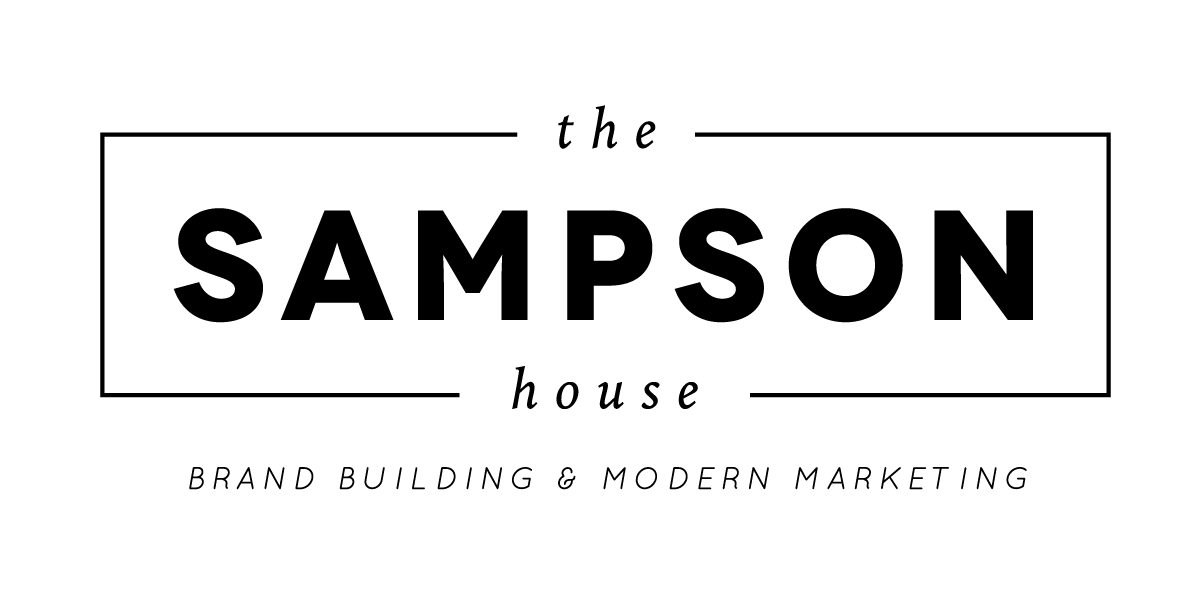Job Applicantion Tips: Portfolio
It was three months before I was going to graduate from the university— a cause for celebration yet equivalent to the Sunday scaries. I was faced with the daunting task of figuring out how I was going to land my post-graduation job (also in an attempt to stop the incessant questions from relatives).
After finding my passion in the communication & digital media realm, I knew what I wanted to do. So the “what?” of it seemed pretty easy. Yet I quickly came to the realization that the “how?” was something I was questioning whether I could navigate.
The various courses I took in the university thankfully taught me the skills that would be valuable for an internship position. However, what a gross amount of tuition didn’t get me was the knowledge on how to create a portfolio so I could actually be placed in the job market.
Working in the media industry is an incredibly different experience from any other job field— because it involves not only your basic coursework but your creative work as well. In order to make yourself stand out in job applications, you have to display your work in order to prove that you have the ability to materialize what you were taught. Enter the portfolio.
Portfolios are the best way to showcase all of your best work and growth as a creative in one place. And depending on what your expertise within the industry is, it may look different from person to person. For instance, if you are a writer, then your portfolio may very well look like a blog that features your best pieces. If you are a graphic designer, your portfolio could be a website that showcases your best designs.
Throughout my process in creating a portfolio, these were the best things I did in order to create a portfolio that would stand out in the application pile.
1) WHAT MAKE YOU DIFFERENT?
Every creative has had to deal with this step at one point or another. Who are you? What makes you unique? When applying to jobs, you want to be the one that stands out from everyone else because you have something that no one else has. Whether it be your writing style, experiences, or eye for design, make sure that you are showcasing something that will grab the attention of your future employers. They will have many applications to go through, and if they are able to remember something special about you, you will be guaranteed to have a leg up in the race.
2) DESIGN YOUR RESUME
This was one of the first things I did at the advice of my faculty mentor. I have had a plain resume for as long as I could remember so I thought this was an interesting concept. Designing a resume can give you a lot of freedom in terms of letting your style shine through. Straying away from the stark white paper with Times New Roman font, it can help distinguish yourself as a creative individual.
My design entailed a light blush and white background, hand-drawn initials, and a cleaner font— things that speak to my personal style. Not only was the style personalized, but I was also able to use this resume to focus more on the media aspect of my work and include social media handles, blogs, and my work specifically within the communication department. The only rule of thumb to keep in mind is to make sure that your resume is still clean, professional, readable, and genuinely you.
Pro tips: Canva has a lot of beautiful templates that you can use :)
3) CREATE A WEBSITE
In today’s digital age, having a tool like a website that is simple to navigate and always accessible can prove to be a major perk when it comes to showcasing your work to others. I feel as if there could be no better and more impressive way to present yourself than a professional website.
Your website can be your “one-stop-shop” for everything there is to know about you. Make sure it has your background, resume, and work neatly organized and displayed for employers. Squarespace is a great tool to help launch your site because not only is it user-friendly but it allows you to customize it in a way that will speak exactly to you.
For part of my portfolio, I decided to showcase my personal blog (lieseljulsrud.com)— a site that I use to demonstrate my writing abilities and creative work through the worlds of fashion, beauty, lifestyle, and travel. While I had projects that were done separately (which I also included in my applications), I saw that the job I was applying for called for a niche quality so my personal blog was the best way of demonstrating my interests and abilities.
4) GATHER ALL OF YOUR BEST WORK
When creating your portfolio, you want to choose items that will stand out to your future employers. Although it seems like a no-brainer, it is a vital step. Don’t include every piece of work you’ve done throughout college because, more than likely, they’re all not your best pieces. And let’s be honest, the people that will be hiring you won’t have time to look at every single piece you put in your portfolio. Make sure that you’re selecting the pieces that make your personality and style shine through. If you had incredibly rigid guidelines for the project, then it probably won’t be that person to who you are. The pieces that are included in your portfolio, whether visual or written, should be the pieces that excite you and showcase your capabilities within the media industry. (P.S. if your pieces have written in it, make sure they are all spell checked because nothing is more mortifying than submitting something and finding a spelling error immediately after.
Hopefully, these tips are helpful to help you land your dream job and become the professional you have the potential to be!



